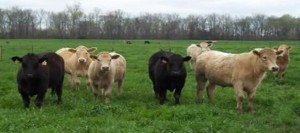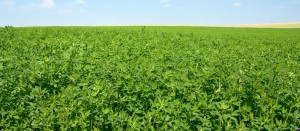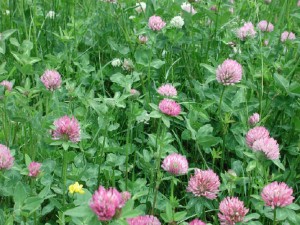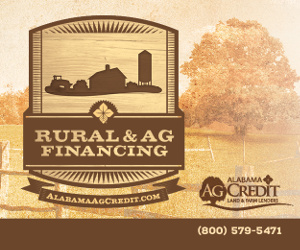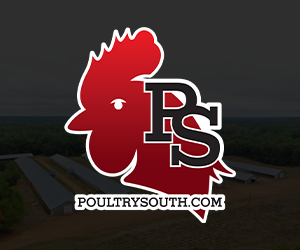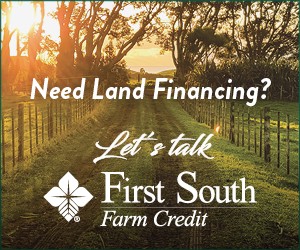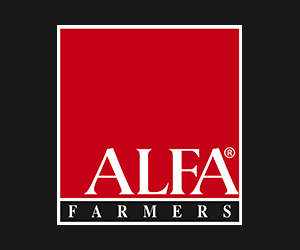From Our Blog
Report from the AL Forage and Grassland Conference
The Land Show
December 17th, 2015
Alabama Forage & Grassland Conference
Written By Robert King
Last week, myself and Randall Upchurch, another of our Southeastern Land Group agents, were able to attend the Alabama Forage & Grassland Conference. It was held at Lakepoint State Park in Eufaula, Alabama. The conference was hosted by the Alabama Cooperative Extension Service, The Auburn University Forage Focus Program, and the Natural Resources Conservation Service. There were many sponsors that included several seed companies, fencing supply companies, Southeastern Land Group, SonUp Real Estate, and our states farm credit lenders, Alabama Farm Credit, Alabama Ag Credit, and First South Farm Credit. The focus of the conference is to help producer-farmers grow better and more economic forages for use in their beef cattle operations.
The speakers at the program included some of the foremost experts in the field of forage production. Dr. Don Ball, Professor Emeritus Auburn University, Dr. Garry Lacefield, Dr. Dennis Hancock, and Dr. Walt Prevatt all made presentations to the group of farmers gathered there from all over the state.
Of particular focus during this conference was the use of Alfalfa on Bermudagrass pastures in the Southeast, and the importance of legumes to forage production. New varieties of Alfalfa have been developed that will persist in our Southern climate for four to seven years and provide very high quality forage and hay during the season when Bermudagrass is not active. The broadest variety of Alfalfa spoke about in the conference was called Bulldog 805.
Alfalfa is a legume, which means it is a plant that takes its nitrogen needs from the air. It and many other legumes have the quality of fixing the excess nitrogen in the soil where it can be used by other plants. Most legumes are very high quality forage for cattle, and those can reduce nitrogen inputs, which in turn reduces costs and the potential for nitrogen run-off. Alfalfa is well suited for fertile, well drained, farmland type soils. For much of the Southeast the primary legumes used in the heavier soils are clovers.
Red, White, Ladino, Arrowleaf, and Crimson Clovers are all used in Alabama.
Growing these legumes in the fescue, Bermudagrass, and Bahiagrass stands that are so prevalent in Southeastern cattle and hay operations provides nutritional, environmental, economic, and production gains for the grower. Successful cattlemen from throughout the southeast know that their success is built on being a grass farmer (forage) first. Having the best beef cattle in the world is great, but the economics of the entire cattle industry in the Southeast is built around how economically you can grow the right forages to put gain on your cattle.
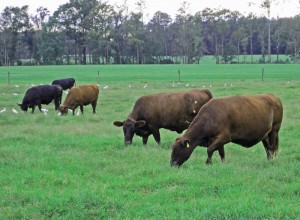
The conference was very well attended and received. Dr. Jennifer Johnson Tucker organized the event and is to be commended to the outstanding line-up of speakers and subjects.
For more information on forages, using legumes in your grazing program, and other beef cattle topics visit the Alabama Cooperative Extension’s beef cattle site, www.AlabamaBeefSystems.com.
Robert is a Land Asset Manager with Southeastern Land Group specializing in cattle farms, poultry farms, and timberland. Robert is a 5th generation cattleman and owns King Land and Cattle, LLC with his wife, Melanie. Robert holds a B.S. in Ag Business and Economics from Auburn University and has been in the land business since 1998.

